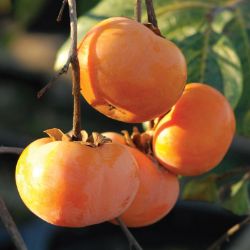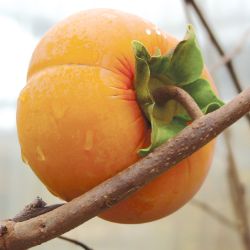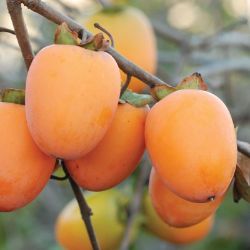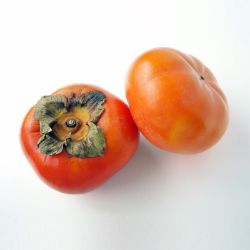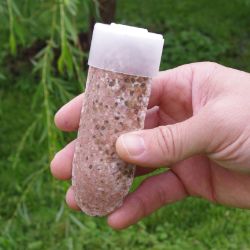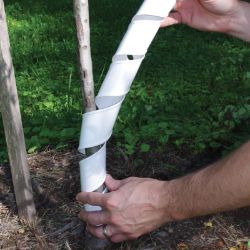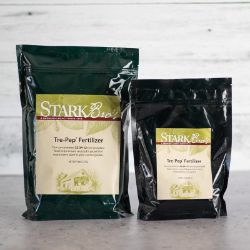Planting Persimmon Trees
Successfully establishing a young fruit tree in your yard starts with your planting site and method. Once a fruit tree is established, it needs little assistance to grow and bear fruit; but you’ll want to make sure you give your trees the right foundation.
NOTE: This is part 3 in a series of 9 articles. For a complete background on how to grow persimmon trees, we recommend starting from the beginning.
Fruit trees require fertile soil for good growth, so before you plant, check your soil pH. Contact your local County Extension Office for information about soil testing in your area, or purchase one of our digital meters for quick and accurate results. If the soil pH where you plant your tree is 6.0-7.0, you’re in good shape. Persimmons prefer well-drained and slightly acidic soil.
Location and Spacing
Ideal location should receive full sun, although partial shade may be tolerated. Spacing varies, depending on the variety.
American: 30-50 feet apart
Asian: 15-20 feet apart
Ichi-Ki-Kei-Jiro: 8-10 feet apart
Planting
Persimmons have a strong taproot. Don’t be alarmed at the color of the roots. They naturally appear black and should not be considered diseased or dead.
- Dig a hole big enough to accommodate the root system.
- Bare root should be planted same depth as in the nursery row (or no more than 1-inch below).
- For potted trees, dig the hole 4 times the width of the roots and ½ times the depth.
- Potted should be planted at same depth as grown in pot.
- Position tree in planting hole and fill with original soil.
- Water the tree deeply allowing the water to soak down to the roots.
- DO NOT fertilize at planting time.
- Mulch the entire planting area, pulling the mulch a few inches away from the trunk to keep moisture from accumulating next to the bark.
- No pruning is necessary at planting time.
Potting Your Persimmon Tree
Persimmon trees may also be grown in containers and stored in an unheated basement or garage for the winter if they are not cold-hardy to your zone. If grown in pots, these trees should be repotted every second or third year with fresh soil.
- Potted trees should be planted at the same depth they are in the shipping pot.
- Choose a potting mix/medium rather than top soil to avoid any contaminants and avoid compacting around the roots within the container in the future.
- When planting in a container, the pot you choose needs to be large enough to accommodate the tree’s current root system with room to grow. Be sure the container you use has adequate drainage holes.
- In cool climates, keep protected until outdoor temperatures warm and the chance of frost is gone. Move the plant into a protected, sunny location, preferably with a southern exposure.
- Water as needed, when the potting mix in the container is dry to the touch an inch or so below the surface. Avoid overwatering and watering too frequently, as this creates an environment for root rot and other root-related issues.
- As your tree grows, you will be able to increase the pot size to allow for more room to grow. Restricting the roots in a smaller container may limit growth and fruit production.
- Pot-up your tree to a container that is still manageable for you, especially if you need to move the tree indoors for winter protection. You can expect to grow persimmon trees in 7-gallon, 10-gallon, 20-gallon containers and larger as needed.













